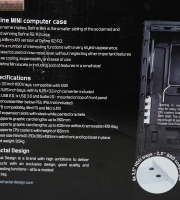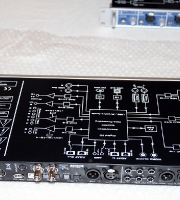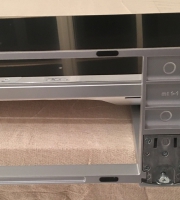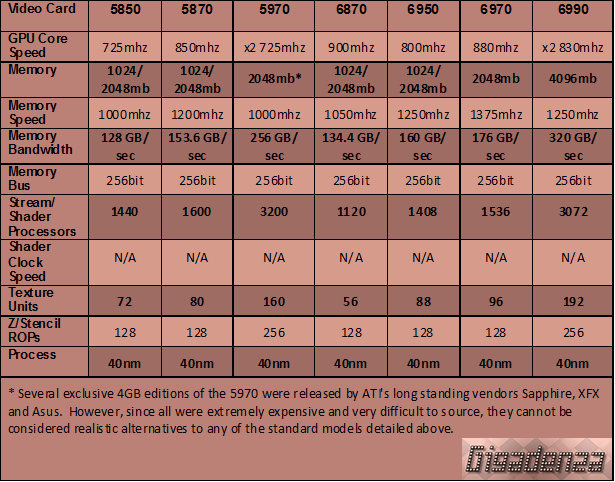


Ati’s latest flagship offering builds upon the success of its forerunner, the HD 5970 and is once again based around a dual GPU design. The formidable 5970 emerged in the winter of 2009 and in terms of the overall level of performance yielded by a single card, arguably retained the number one spot throughout the whole of 2010. Within this period at the top of the range, we saw the emergence of Nvidia’s GTX 480 and 580 cards along with a 2GB revision of ATi’s 5870, the slimmed down 6870 and finally, the former’s logical successor, the 6970. However, it was only at very high resolutions coupled with, in general, greater than 4xAA and recent visual enhancement techniques such as tessellation, that any of the aforementioned cards was able to match and in a comparatively small number of cases, surpass the records set by the 5970.
One of the principal reasons behind the 5970s Achilles heel was its relative lack of memory, 2GB in total but only 1GB allocated to each of its two GPUs. By comparison, both of Nvidas contenders boast only 1.5GB of memory but since they are single GPU cards, this memory does not need to be shared, giving them an effective 0.5 GB advantage in certain scenarios. The same applies to an even greater degree when comparing the 2GB editions of the 5870 and 6970 which are again, both single GPU cards benefitting from non-shared memory. Though memory has never been the most significant factor in determining the performance of a video card, with the increasing popularity of higher resolutions and keen investment in multiscreen configurations amongst enthusiasts, it is becoming important to ensure not just high, but smooth frame rates in the most demanding applications.
With the 6990, ATI has addressed this issue head on, each of its GPUs has been allocated double the amount of video memory making for a staggering total of 4 gigabytes of DDR5, a full gigabyte more than Nvidia’s recently released rival, the GTX 590. The design and specifications of the 6990 follow almost exactly the same pattern relative to the 6970 and 6950 as the 5970 did relative to the 5870 and 5850. The card consists of two Cayman XT GPUs, each with a full complement of 1536 stream processors exactly as found on the 6970, but with a conservatively clocked core and memory. The user then has the option via a combination of the card’s dual BIOS and ATI’s comprehensive driver tweaks, to clock the chips back up to and potentially beyond their native “single card” speed.
The table below shows how the spec of the 6990 compares to its six most recent forerunners.

The 40mn design of the “Cayman” chip found on the 69XX series reflects that of the “Cypress” chip found on ATI’s previous generation of cards, though several key alterations have been made to the architecture to maximise efficiency in the way data is processed, reduce power consumption and achieve greater level of performance in geometry and tessellation, two areas where Nvidia has established a decisive lead. It is ATI’s claim that the 6970’s tessellation rate is roughly three times that of the 5870 which means the 6990 should enjoy a similar advantage over the 5970.